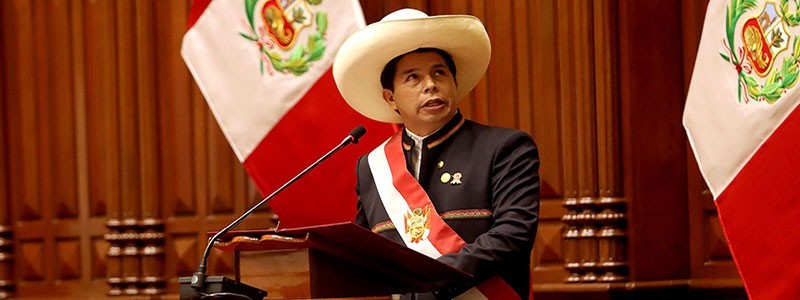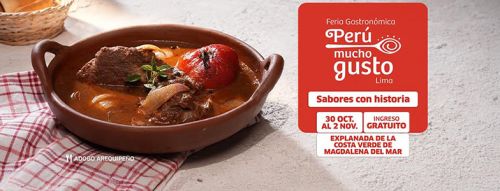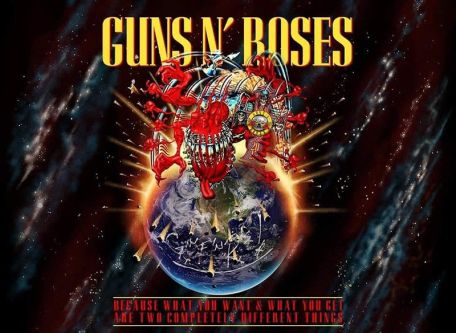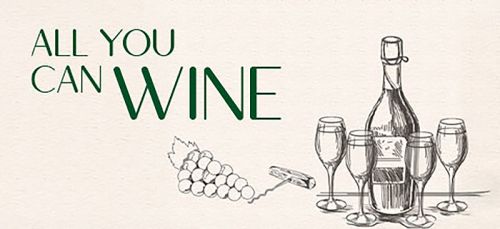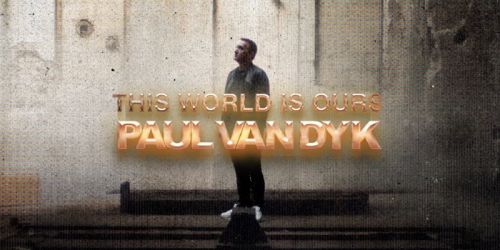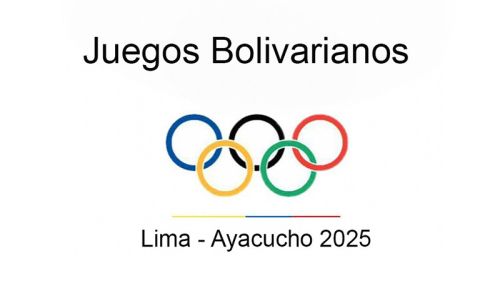José Pedro Castillo Terrones is a former member of the Rondas campesinas, elementary school teacher and union leader. He was the President of Peru from July 28, 2021 until he was removed from office on December 7, 2022.
Early years of Pedro Castillo
Pedro Castillo was born on October 19, 1969, to an illiterate and impoverished peasant family as third of nine children in Puña, a remote village in the Tacabamaba district of the Chota province in the Cajamarca region in northern Peru.
From an early age he did farm work on the plot of land his father received during the land reform under General Juan Velasco Alvarado. In his teenage years Castillo worked in the informal economic sector, seasonally grafted on coffee and banana plantations, sold newspapers, ice cream and cleaned hotels to support his family and to fund his elementary and secondary school education.
In the 1980s he was a member of the Rondas campesinas, an autonomous peasant patrol group defending rural areas in northern Peru against the Shining Path terror attacks. Later he trained to be a schoolteacher and from 1995 worked at the same school he attended in Puña as an elementary teacher, while highly underpaid, an influential and respected job in rural communities which enabled him to establish a certain level of (political) support.
In 2006, Pedro Castillo earned a bachelor’s degree in education, seven years later a master’s degree in educational psychology from César Vallejo University in Trujillo, Peru.
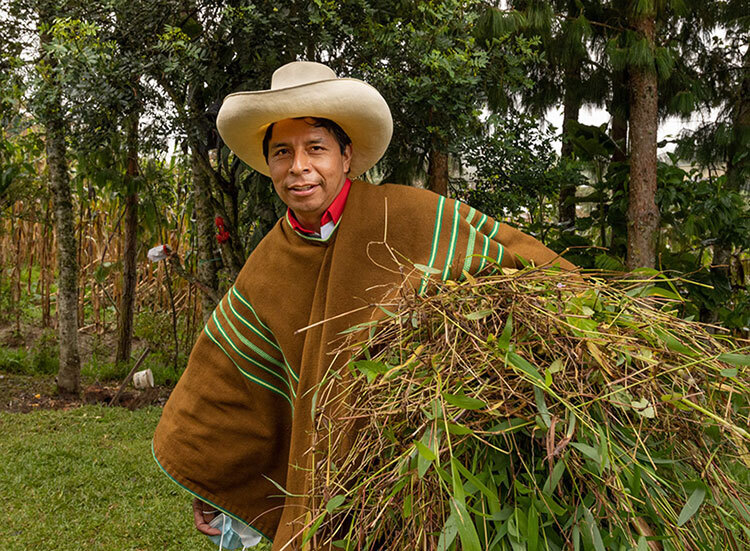
Pedro Castillo's first political steps
In 2002, Pedro Castillo political career began as he joined Peru Posible, a center-left party led by former Peruvian President Alejandro Toledo. The same year he unsuccessfully ran for mayor of Anguía, a district of the Chota province in Cajamarca. He remained a leading member of Peru Posible in Cajamarca until the party dissolved in 2017.
Seeing Peru experiencing enormous economic growth from its mineral riches, but the rural areas of the country still not benefitting from this wealth and his students still coming to school hungry without having any prospects motivated Castillo to not only enter politics but also become actively involved in a teachers’ union.
During the 2017 teachers’ strike in Peru, which started when the Peruvian government under Pedro Pablo Kuczynski failed to fulfill its promise to raise teachers’ wages and planned to further neoliberal politics by replacing a system of career teachers with temporary unskilled educators, Pedro Castillo became a teachers’ union leader. 200,000 teachers in 18 regions of the country were participating in the largest strike in a decade demanding the promised salary increase, the abolition of the Law of the Public Teacher Career and a higher educational budget to improve the neglected state of public education in Peru while blocking roads and airport and clashing with the police.
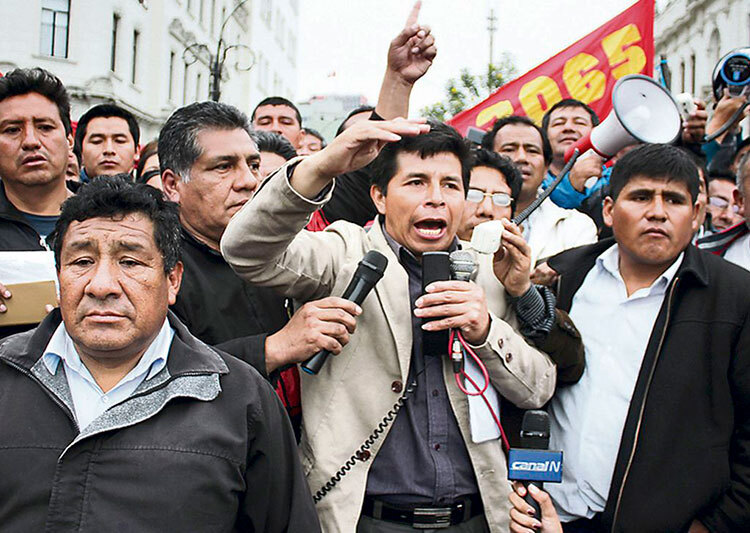
After a number of failed negotiations between the regional governors (later the Minister of Education) and teachers’ union representatives, President Kuczynski got involved inviting the teachers' delegates to meet to find an acceptable solution for both sides. But only the leaders of the unions executive committee were welcomed while representatives of the regions led by Castillo were excluded. Offended and angry teachers from across Peru travelled to Lima marching and demonstrating in the Peruvian capital. Interestingly, right-wing Keiko Fujimori, who lost the run-off for presidency against President Kuczynski a year earlier, and her Fuerza Popular party, who controlled Congress and were fierce opponents of the Kuczynski government, supported Castillo to destabilize the president's government.
The strikes only ended about three months after they began when the government made a number of concessions to the strikers and officially issued a supreme decree granting teachers a salary increase and other benefits negotiated and then threaten to fire every teacher who didn’t return to work. A week later Pedro Castillo, as union leader, announced a temporary suspension of the strike. Protest, however, continued for another couple of months.
Castillo’s leadership role during the teachers’ strike raised his political profile and numerous political parties in Peru approached him in the aftermath offering to promote him as a congressional candidate, though he refused.
Presidential elections 2021
In March 2021 Covid hit Peru. The management of the Covid-19 pandemic under Martin Vizcarra’s presidency, which included some of the strictest and longest anti-Corona measures in Latin America with a months-long shut down of the complete country, cessation of all activities, suspension of all travel, prolonged lockdowns and curfews, mask mandates and compulsory vaccination left the country in shambles. The extremely strict Covid measures not only severely damaged Peru’s economy and supported a democratic deterioration in the country, but heavily impacted the over the past years positive development of Peru and dramatically increased poverty, extreme poverty, unemployment and informal employment, malnutrition and the lack of necessities. The progress and advances in these areas which over the past two decades were achieved, evaporated into thin air.
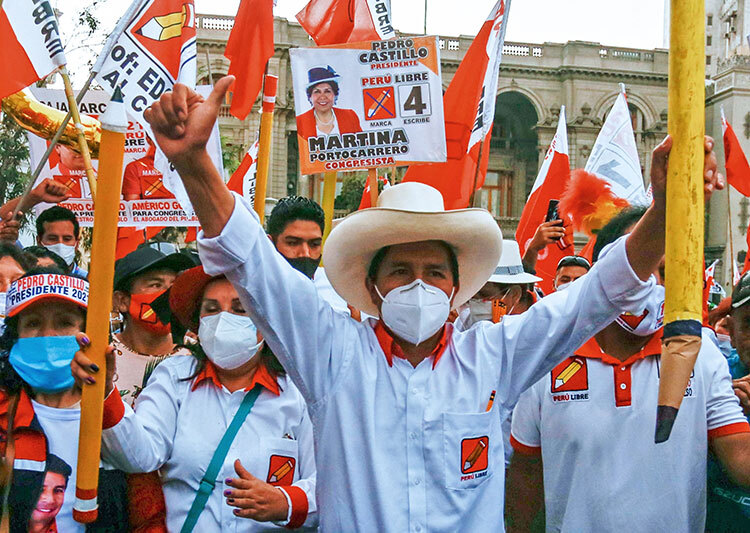
Seeing his students and their families undergo even worse hardships then in the years and decades before, Pedro Castillo encouraged by the unions decided to run for presidency in 2021 as the candidate of the far-left Peru Libre (Free Peru) party.
With his simple motto “No more poor people in a rich country.” he attracted mostly rural Peruvians like him who feel left behind, seem to be forgotten by the elites in Lima and never really benefitted from Peru’s two decades of economic growth. He promised to restructure the economy and establish a fairer economic reality for everyday Peruvians. Other main goals included to reform Peru’s neoliberal constitution, which was written and implemented in 1993 by former President Alberto Fujimori, establish an international anti-corruption investigatory committee, improve Peru’s public health care system, which already long before Corona was a disaster, but now on its knees, improve public education and establish a structure for more political inclusion for all Peruvians eliminating injustice and inequality. Good intentions and necessary issues to tackle, but his way or better the way of the small Peru Libre party, who follows a Marxist, Marxist-Leninist and socialist ideology, to achieve these goals was, at least until Castillo moved to the center during his presidency, quite radical.
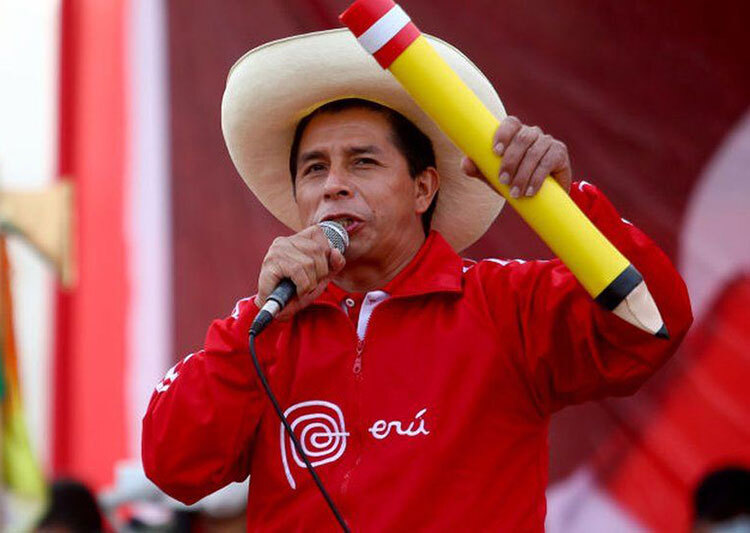
Never seen as a real threat in the fight for presidency, Pedro Castillo was mainly ignored or ridiculed sometimes insulted while quite a number of everyday rural Peruvians rallied behind him. And to the surprise and shock of many he received the most votes in the first round of the presidential elections. In the run-off for presidency, he faced Keiko Fujimori, the leader of the right-wing Fuerza Popular (Popular Force) party.
And then the mudslinging from both sides began. Castillo was ridiculed for always wearing a chotano, also known as a bambamarquino, a tall wide-brimmed straw hat that is worn by humble peasants in his home region of Cajamarca, and for the yellow pencil, a symbol for his teaching background and the importance of quality education for everyone which he chose for his campaign and the Peru Libre party. He was insulted because of his poor upbringing, bad education on literally all levels, lack of political experience. He was accused of being corrupt, involved with Shining Path and/or other criminal organizations. And he even received death threats.
Seemingly unimpressed by all this the simple, calm and polite Castillo continued to campaign “rallying the poor and terrifying the rich with his rhetoric of leftwing economic reforms”, as the Financial Times wrote in one of their articles about Castillo, which would end the free market economic model that has been in place in Peru since the 1990s.
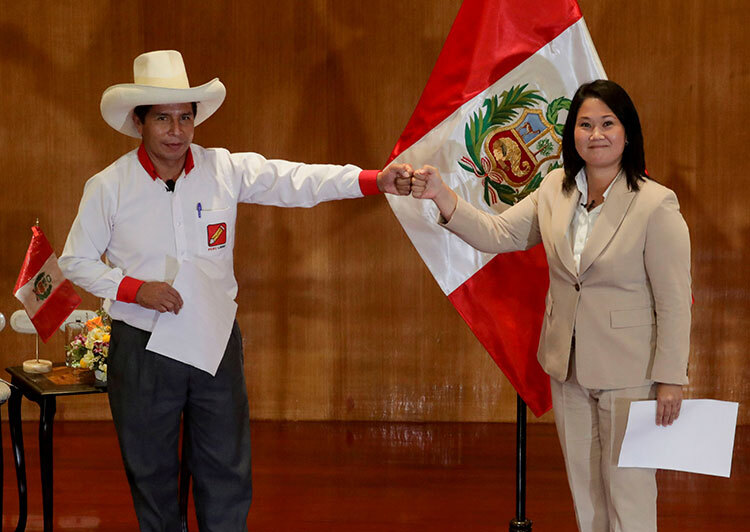
After the first results of the run-offs were published it seemed clear that Pedro Castillo had won, even though only by a tiny margin. His opponent Keiko Fujimori, who not only is the daughter of former President Alberto Fujimori, but as well had lost the run-off for Peruvian presidency in 2011 against Ollanta Humala and in 2016 against Pedro Pablo Kuczynski, and her supporters, immediately claimed election fraud and small protests erupted. Finally, six weeks after Peruvian voters headed to the polls, the National Jury of Elections (JNE) dismissed all allegations and found the claims of voting irregularities unsubstantial.
According to JNE, Pedro Castillo won the election with 50.13% while Keiko Fujimori received 49.87%. The two candidates were separated by just a razor-thin margin of 44,000 votes out of nearly 19 million eligible voters.
To the pleasant or respectively shocking surprise of half of Peru’s population Pedro Castillo was declared the new Peruvian President and inaugurated on July 28, 2021.
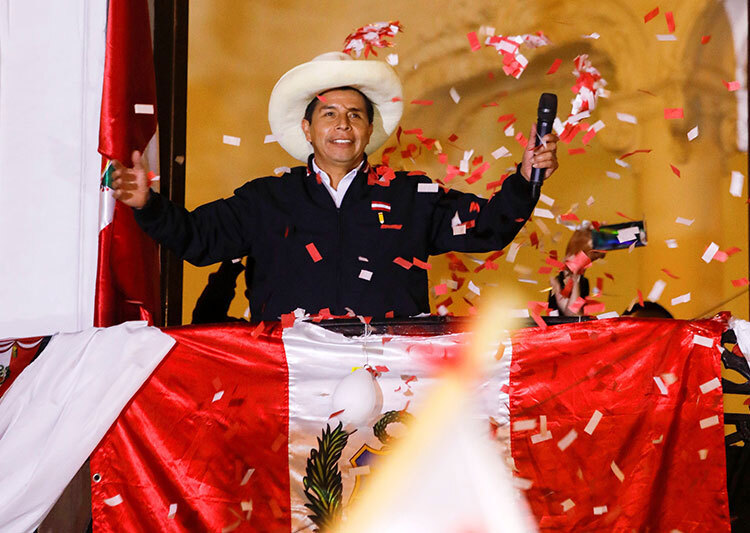
Pedro Castillo’s Presidency 2021 - 2022
But Castillo’s presidency was doomed from the start. He not only faced rejection from half of Peru’s population (probably even more, as some Peruvians only voted for him considering him the lesser evil) and hostility from the media but more importantly, as his predecessors Humala, Kuczynski and Vizcarra, high levels of opposition from Congress, who blocked nearly every proposal made and even denied the President to travel abroad to participate in foreign affairs, meetings and summits (yes, in Peru the President must have the authorization of the Congress whenever he wants to leave the country).
Additionally, in an effort to force Castillo out of office as soon as possible (far-)right groups, organizations and even parties (including Keiko Fujimori’s Fuerza Popular) joint forces eager to not only hinder Castillo and his government but to make their life a living hell. The Peruvian President and his Cabinet were put under constant pressure, every step was scrutinized and every mishap (and there were many) blown out of proportion. He and his ministers were officially investigated for most of their term in office for the alleged involvement in corruption, connections with organized crime, and whatever opposing groups could think of and would try to pin on them.
On the other hand, being in the driver’s seat of Peru quickly showed that some of Castillo’s critics were right. He was clearly out of his depth. His lack of experience on the political stage, his lack of education, especially in economics and finances, his lack of management capabilities and his lack of communication skills couldn’t be argued away anymore. It seemed that he had no clear vision or direction and/or wasn’t able to communicate or explain his plans let alone put them into practice. He was clearly not up to his job and the political headwind he was facing.
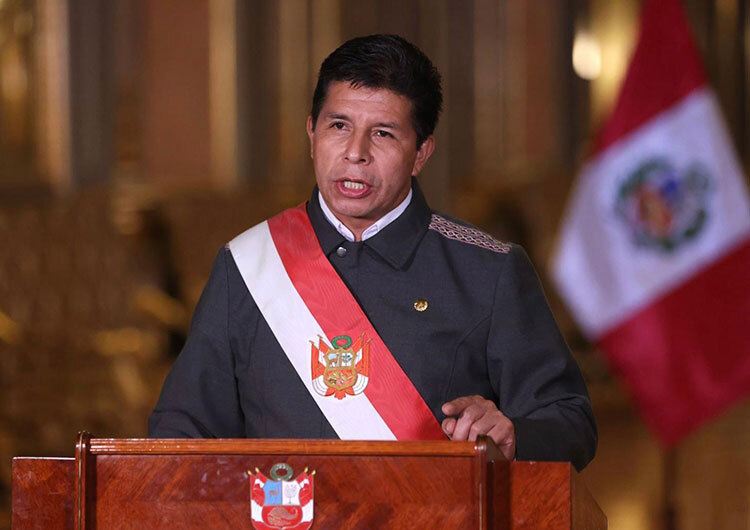
This combined with the constant punches from the right led straight to disaster. Castillo went through four different governments in six months and five new elected cabinets with an overall of 50 minister changes in less than a year and a half of his presidency, the most in Peruvian history in such a timespan. With new ministers being appointed constantly who mostly seemed to have no qualification other than to forge political alliances, the government was sinking into chaos and there seemed to be no time to get to work on the promised political projects and changes.
Already in November 2021, four months into Castillo’s term, Keiko Fujimori announced that her Popular Force party was pushing forward impeachment proceedings as Castillo was "morally unfit for office". This first impeachment attempt failed before it even started as the necessary votes in Congress to start proceedings weren’t obtained. Castillo’s party Peru Libre described the situation as an attempted right-wing coup while Castillo literally begged the Congress: "Brothers and sisters, let's end the political crisis and work together to achieve a just and supportive Peru." In vain.
In March 2022, a second impeachment attempt, this time for corruption allegations, made it to proceedings, but failed again as the necessary votes on Congress weren’t reached.
And while the two great powers were openly playing their geostrategic games, Peru, like most other countries worldwide, saw dramatic price increases, especially for fuel, energy, fertilizer and basic goods, which, of course, hit the poor and the poorest of the poor the hardest. Inflation in Peru rose to the highest in 26 years prompting extensive protests and regular strikes.
As Castillo wasn’t able to solve this global economic crisis or at least ease the situation in the country for Peruvians, he slowly but surely lost lots of support in the rural regions and public approval ratings plunged. Additionally, in mid-2022, depending on the source you want to trust, he either left the Peru Libre party or was expelled from it.
Pedro Castillo's removal from office
And the opposition was continuing with their attempts to remove Peru’s President from office. On December 7, 2022, just hours before Congress scheduled to vote on a third impeachment, Castillo attempted to block that action. In his message to the nation, citing obstruction by Congress, he announced plans to dissolve Congress, install a provisional government, and call for the formation of an assembly to draft a new constitution.
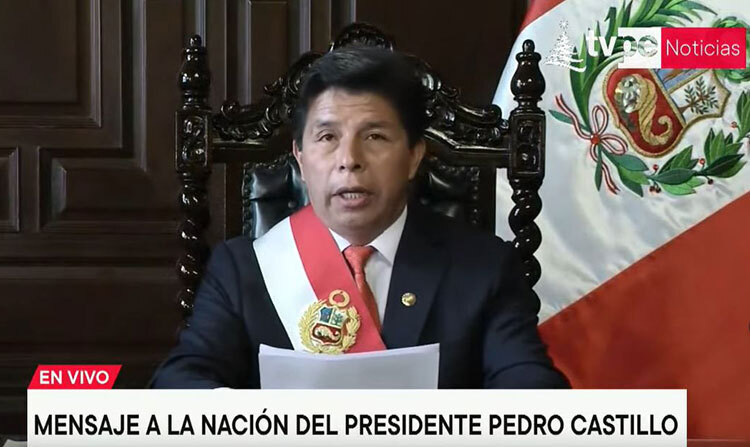
His move not only brought back memories of former President Alberto Fujimori’s coup d’état in 1992 which allowed the implementation of neoliberal economic policies that Castillo wanted to reverse, but also prompted a string of cabinet resignations, heated reactions from top officials and condemnation from regional neighbors. And it ultimately failed to prevent his impeachment in Congress. Seen as an attempted coup d’état Congress quickly responded by holding an emergency session the same day, during which it voted overwhelmingly to remove Castillo from office.
The Peruvian Congress appointed First Vice President Dina Boluarte as new Peruvian president, Peru’s first woman head of state.
Castillo tried to flee the country but was arrested on charges of rebellion and violating the constitutional order. After his removal, pro-Castillo protests broke out demanding new elections and the release of Castillo from detention.


